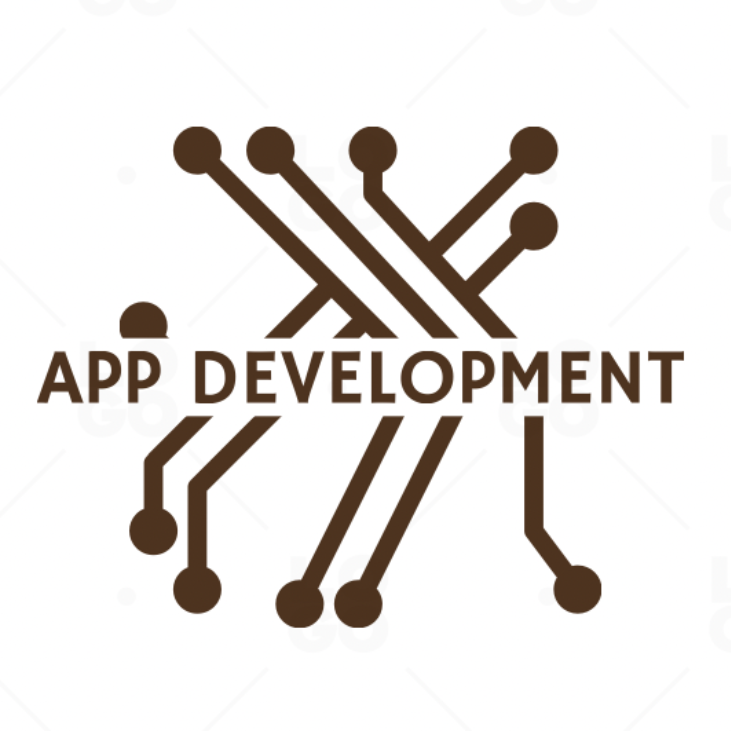The Fundamentals of Application Development: Unleashing the Potential of Mobile Solutions
Introduction: In today's digital age, mobile applications have become an integral part of our daily lives, offering convenience and accessibility. In this blog post, we will explore the essential aspects of application development, highlighting its significance and providing simple insights into the process.
1. Defining Your Objectives: Before delving into application development, it is crucial to define your objectives. What do you aim to achieve with your app? Is it to provide a service, engage users, or solve a particular problem? Clearly outlining your goals will guide the development process.
2. Planning and Design: The planning and design phase is where the groundwork for your application is laid. Identify your target audience, conduct thorough research to understand their needs, and determine the key features and functionalities of your app. Create wireframes and prototypes to visualize the user interface (UI) and user experience (UX) design.
3. User Experience (UX) Design: User experience plays a pivotal role in application development. Strive to create a seamless and intuitive user experience, allowing users to navigate the app effortlessly and accomplish tasks efficiently. Emphasize simplicity, clarity, and consistency in design, enabling users to understand and interact with the app effortlessly.
4. Development and Coding: This phase involves the actual coding and development of your application. Choose an appropriate programming language and framework that aligns with your app's requirements. Collaborate with developers to build and test the app's functionalities, ensuring that it performs as intended.
5. Testing and Quality Assurance: Thorough testing is essential to ensure the app's functionality, usability, and performance. Conduct comprehensive tests, including functionality testing, usability testing, and performance testing, to identify and rectify any issues or bugs. Implement rigorous quality assurance practices to ensure the app meets high standards.
6. User Feedback and Iteration: Gathering user feedback is crucial for continuous improvement. Release the app to a select group of beta users or early adopters and actively listen to their feedback. Incorporate user suggestions and iterate on the app to enhance its features and usability based on their valuable insights.
7. Deployment and Maintenance: Once the app is thoroughly tested and refined, it's time to deploy it to the app stores. Adhere to the submission guidelines of platforms like the Apple App Store and Google Play Store. Regularly update the app to address bugs, enhance performance, and introduce new features to meet user expectations.
Conclusion: Application development is an exciting journey that allows you to create mobile solutions tailored to specific needs. By defining your objectives, planning the design, prioritizing user experience, coding and testing diligently, incorporating user feedback, and ensuring regular maintenance, you can develop a powerful and user-friendly application. Embrace the world of application development, unlock the potential to reach and engage a wider audience, and provide valuable services through the realm of mobile technology.






